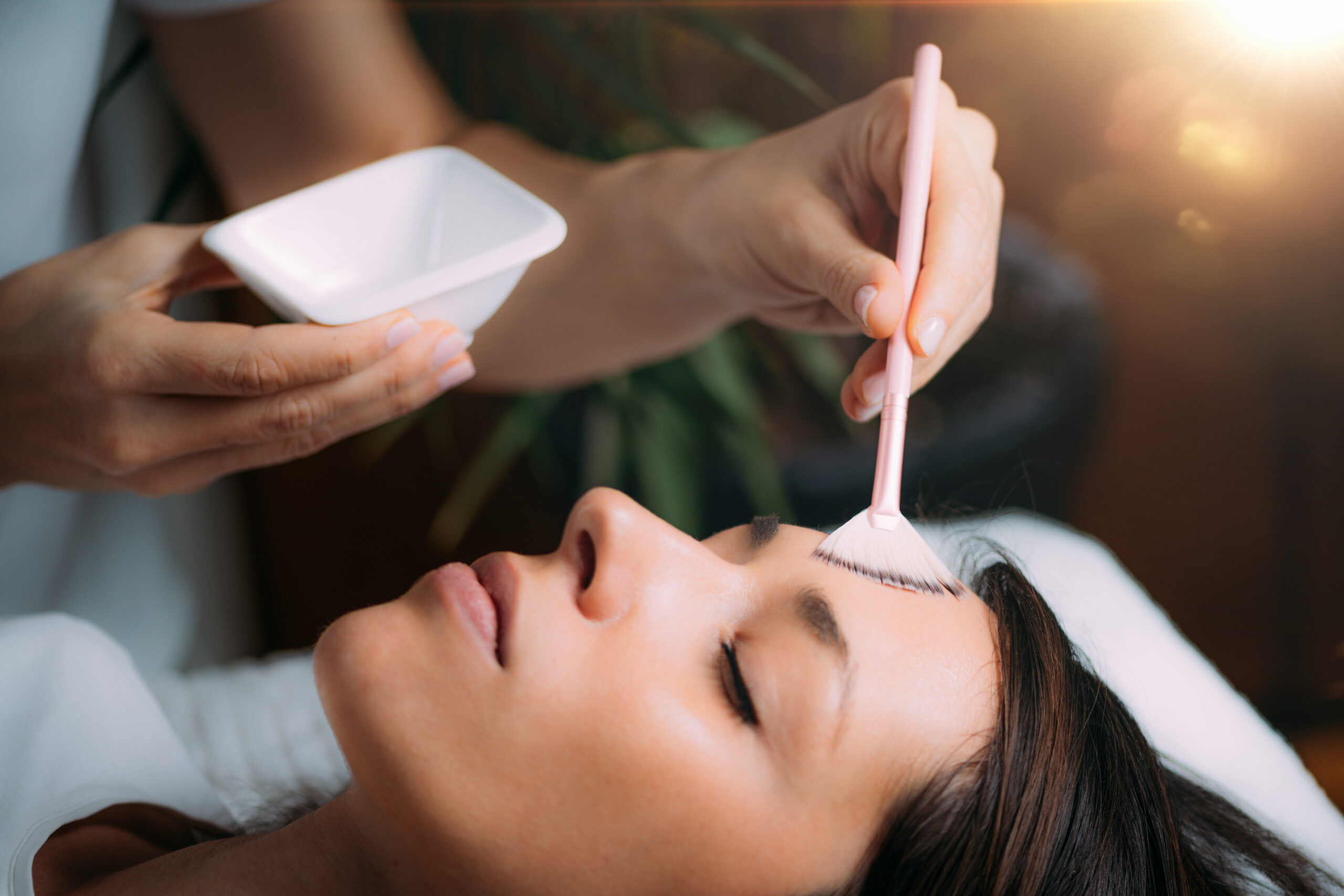Types of Chemical Peels: Understanding Their Strengths and Benefits
Chemical peels come in different strengths and formulations, each designed to address specific skin concerns. Understanding the types of chemical peels can help you choose the best option for your skin type and goals. Whether you’re looking to reduce wrinkles, improve skin tone, or treat acne scars, chemical peels offer a solution for many skin concerns.
What Are the Different Types of Chemical Peels?
Superficial (Light) Chemical Peels
- Best for: Mild skin concerns like dullness, fine lines, and uneven skin tone.
- Common Ingredients: Alpha Hydroxy Acids (AHAs) like glycolic acid, lactic acid, and salicylic acid (a BHA).
- Downtime: Minimal; slight redness or flaking for 1-2 days.
- Results: Provides a gentle exfoliation, brightens skin, and improves texture.
Superficial chemical peels are the mildest type of chemical peel and are perfect for those looking for a fresh, radiant glow with little to no downtime. These peels remove dead skin cells, promote collagen production, and enhance overall skin texture. Many people opt for these peels as a regular part of their skincare routine to maintain healthy, youthful skin.
Medium Chemical Peels
Best for: Acne scars, hyperpigmentation, sun damage, and deeper wrinkles.
Common Ingredients: Trichloroacetic acid (TCA) and stronger AHAs.
Downtime: Moderate; peeling and redness for 5-7 days.
Results: More intensive than a light peel, stimulating collagen production and improving skin tone.
Medium chemical peels penetrate deeper into the skin, making them an excellent choice for those with persistent pigmentation issues, acne scars, or early signs of aging. While they require a longer recovery period compared to superficial peels, the results are more noticeable and longer-lasting. This type of chemical peel effectively removes damaged skin cells, promoting a smoother and clearer complexion.
Deep Chemical Peels
Best for: Severe sun damage, deep wrinkles, and significant scarring.
Common Ingredients: Phenol or high concentrations of TCA.
Downtime: Extended; significant peeling and redness lasting up to two weeks, with full healing taking months.
Results: Dramatic skin improvement, but requires more recovery and sun protection.
Deep chemical peels are the most intense type of chemical peel, designed for individuals with severe skin concerns such as deep wrinkles, extensive sun damage, or pronounced scars. These peels provide dramatic results but require significant downtime and post-treatment care. Since they remove multiple layers of skin, they should only be performed by an experienced dermatologist or skincare professional.

How to Choose the Right Type of Chemical Peel
Choosing the right type of chemical peel depends on your specific skin concerns, skin type, and tolerance for downtime. Here are some key factors to consider:
- If you want minimal downtime → A superficial chemical peel is the best choice.
- If you need to target acne scars or hyperpigmentation → A medium chemical peel will provide noticeable improvement.
- If you want long-term correction for deep wrinkles or severe sun damage → A deep chemical peel is the most effective option, but it comes with significant downtime.
Consulting with a skincare professional or dermatologist is essential to ensure the safest and most effective treatment for your skin type. Each type of chemical peel offers unique benefits, and the right one for you will depend on your skincare goals.
Benefits of Chemical Peels
Regardless of the type of chemical peel you choose, chemical peels offer numerous benefits, including:
- Improved Skin Texture: Removes dead skin cells and promotes a smoother, more radiant complexion.
- Reduced Fine Lines and Wrinkles: Stimulates collagen production for firmer, youthful-looking skin.
- Even Skin Tone: Helps fade hyperpigmentation, sun damage, and discoloration.
- Acne and Acne Scar Treatment: Clears clogged pores and reduces the appearance of acne scars.
- Increased Skin Hydration and Absorption: Prepares the skin to better absorb serums and moisturizers for long-lasting hydration.
Unlocking the Best Chemical Peel for Your Skin
Understanding the types of chemical peels is crucial for making an informed decision about which treatment is best for your skin. Whether you’re looking for a light refresh, deep exfoliation, or long-term skin rejuvenation, there is a type of chemical peel that can help you achieve your skincare goals.
Before undergoing a chemical peel, consulting with a professional ensures the best results while minimizing potential risks. If you’re unsure which type of chemical peel is right for you, a dermatologist can provide expert guidance based on your skin concerns.




